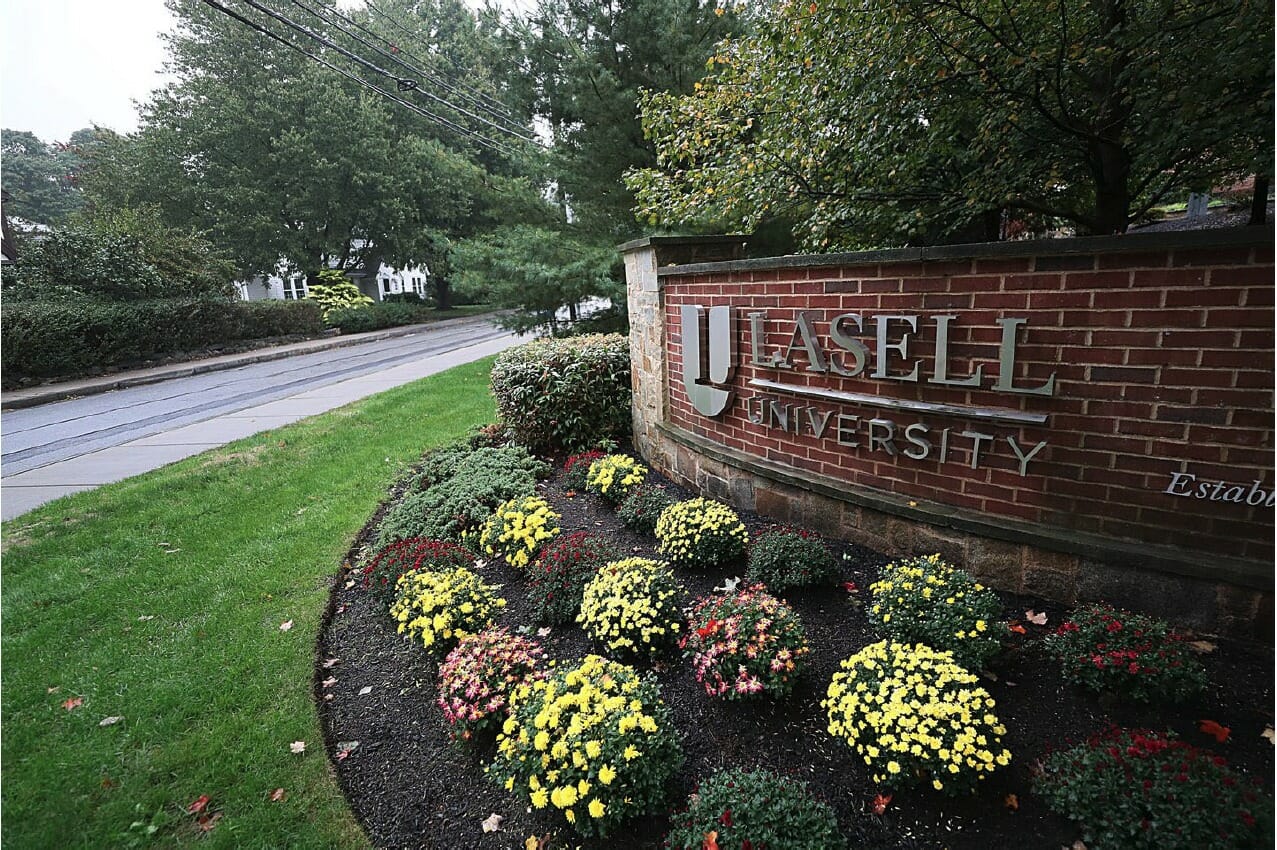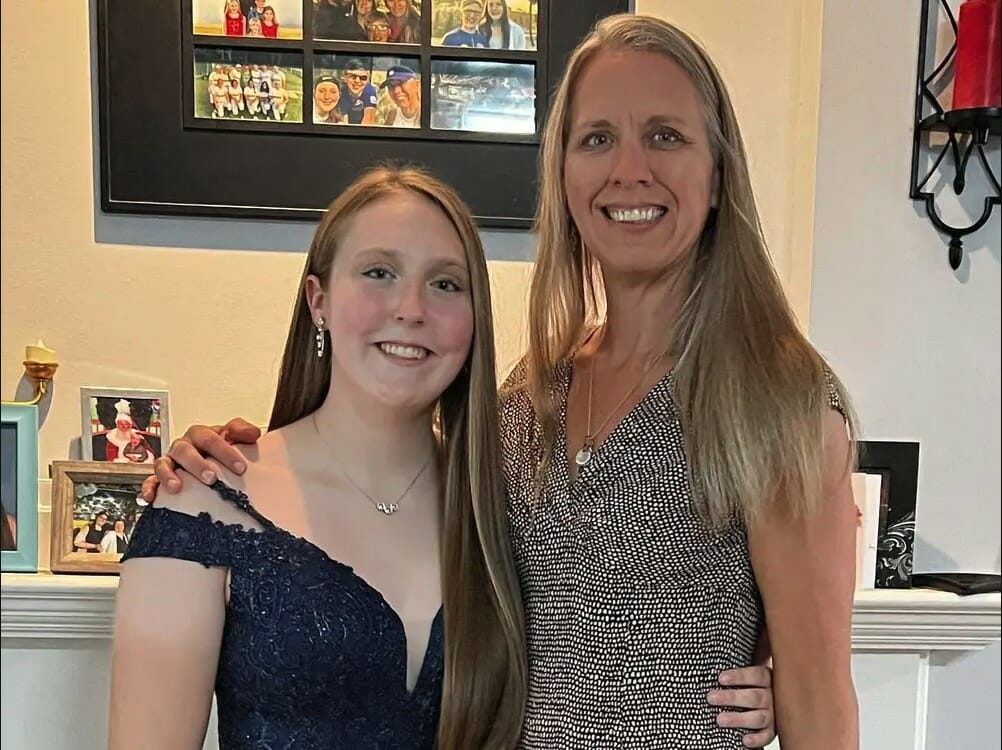NEWTON — On Sept. 20, an e-mail flashed into inboxes across Lasell University’s leafy suburban campus here, informing students that the school was doing something practically unheard of: slashing tuition by a third.
“Like what?” was the reaction of many on campus, Student Government Association President Michael Woo, a senior, said. “What’s the math there?”
Other students, puzzled, simply forwarded the e-mail to their parents, he said.
The new annual cost of attending Lasell, the e-mail said, will be $39,500 next year, $26,000 in tuition and $13,500 in room and board. That’s down from a total cost of $59,130.
Year after year of hefty tuition hikes have put college tuition at many struggling liberal arts colleges in the range of $60,000 a year, but at the same time, the gap between the sticker price of an education and what students, after financial aid, actually pay has grown.
Advertisement
So Lasell, as Woo and his fellow students would learn, is attempting to do what the school’s long-time president calls “demystifying” the cost of attending — cut tuition and financial aid in tandem so the sticker price actually resembles the price most students can expect to pay.
As enrollment at small liberal arts colleges has dropped, dozens of schools across the country, but few in New England, have attempted tuition cuts in the last two decades to drum up media attention and entice students back.

Lasell President Michael B. Alexander said the school has struggled with enrollment in the past few years, dropping from 1,800 undergraduates in 2018 to 1,300 in 2021, and the tuition cut is meant to reverse that slide by boosting price transparency and convincing families a liberal arts education might be within reach.
“We’re fighting against the perception part of it,” he said in his office on the second floor of the college’s library. “A lot of [families] don’t even consider colleges like us because they look at a $60,000 price tag and don’t go any further.”
Advertisement
Any student who, after aid, is paying under the new $39,500 price this year will be largely unaffected by the change, paying about the same out of pocket costs. The 10 percent of the student body who currently pay more than the new price will see a cut, Alexander said.
Because 10 percent of students will pay less, the college will lose money, the president said, but the bet is that the lower sticker price will boost enrollment.
Lasell calculates it needs to increase enrollment by about 24 students to break even, Alexander said.
The trend towards high price and high aid began in the early 1990s, according to Lucie Lapovsky, a higher education finance consultant who has long advocated for lower sticker prices.
Back then, the perception was that a pricey school indicated quality education, Lapovsky said. At the same time, schools started competing for high-performing students who weren’t eligible for financial aid with merit scholarships, she said.
One national survey published this spring found that the average college student only pays about half the sticker price.
Lasell was discounting 45 percent of its sticker price on average, and students paid an average of about $27,000, Alexander said.

The problem for colleges is that prospective students and families either have no idea how much they will actually pay or believe they will have to pay the sticker price, experts say.
Advertisement
“If you’re going to buy a car, you can visit five showrooms and know what you’re going to pay,” Lapovsky said. “You can visit five colleges . . . but you’re not going to know what [real] price you’re going to pay.”
Studies show that as many as 60 to 70 percent of prospective students searching for colleges online rule them out on sticker price alone, said Laposky, who worked closely with Lasell on its decision.
“It’s the right thing to do, but it’s risky,” said Phillip Levine, a Wellesley College economist who studies tuition.
Colleges might not make the money back from increased enrollment, or once the publicity “glow” dissipates potential students may go back to associating low cost with low quality, he said.
Additionally, cutting tuition gives the greatest direct benefit to the small group of wealthy students who were paying full price or close to it, but that has to be weighed against the new students who might never have considered college but do because of the lower published price, Levine said.
The school says the early response could indicate the tuition cut is working. In the first two days after the announcement, Lasell’s website traffic was up 35 percent over the same period last year and campus tour sign ups were up 286 percent, according to Ian Meropol, a university spokesman.
About 60 schools nationwide have done tuition resets like Lasell since 1996, according to Lapovsky. Eighty percent see an increase in applicants and the majority see enrollment growth, she said.
Advertisement
Gordon College, a Christian liberal arts college with about 1,600 students in Wenham, cut tuition by a third last year.
The college was worried that it wasn’t accessible to many middle class families who weren’t eligible for financial aid but also couldn’t afford the cost to attend near $60,000, according to Dan O’Connell, the school’s director of student financial services.
This academic year, the college saw a net increase of about 37 of the middle-class students they were targeting and continuing student retention bumped up five percentage points, O’Connell said. Those enrollment gains, however, were washed out by a drop in Pell Grant recipients, which was in line with trends nationally, though administrators are encouraged for next year, he said.
With many small liberal arts colleges in Massachusetts facing financial headwinds, it remains to be seen if others follow Gordon and Lasell’s lead.
“The number one comment is ‘that was a bold step but a necessary step.’” said Chrystal Porter, Lasell’s vice president of enrollment and marketing. “And a lot of my colleagues at other institutions are hoping this opens the door at their institutions as well to have the conversation.”
Alexander Thompson can be reached at [email protected]. Follow him on Twitter @AlMThompson




